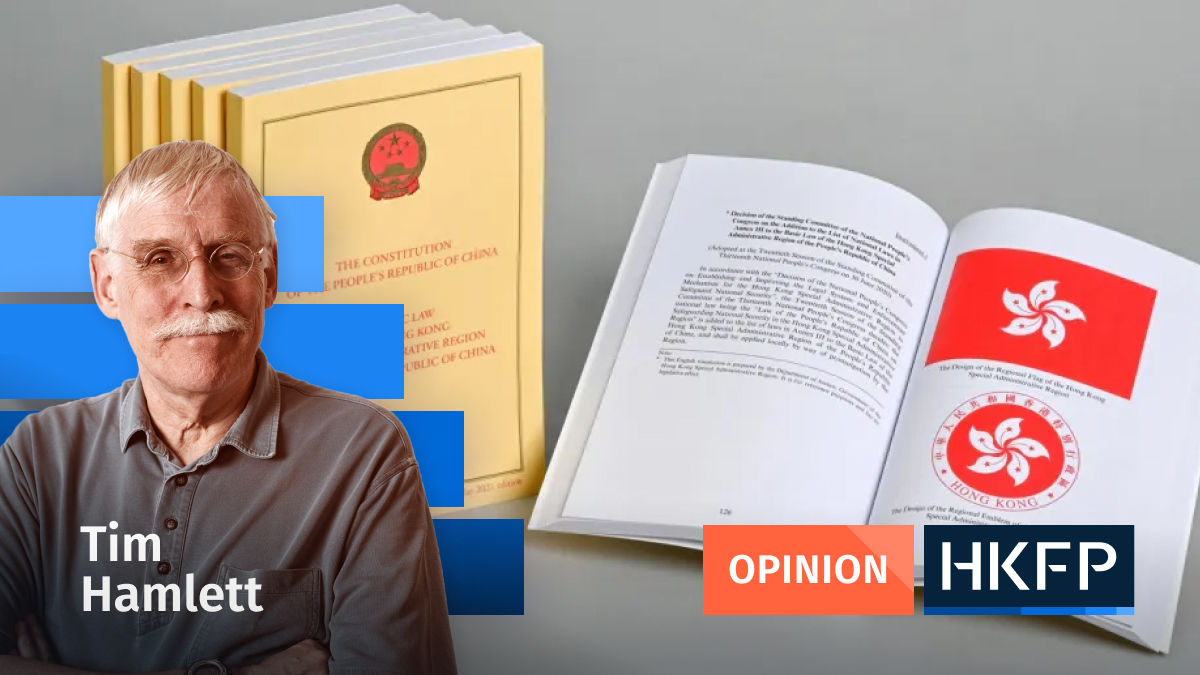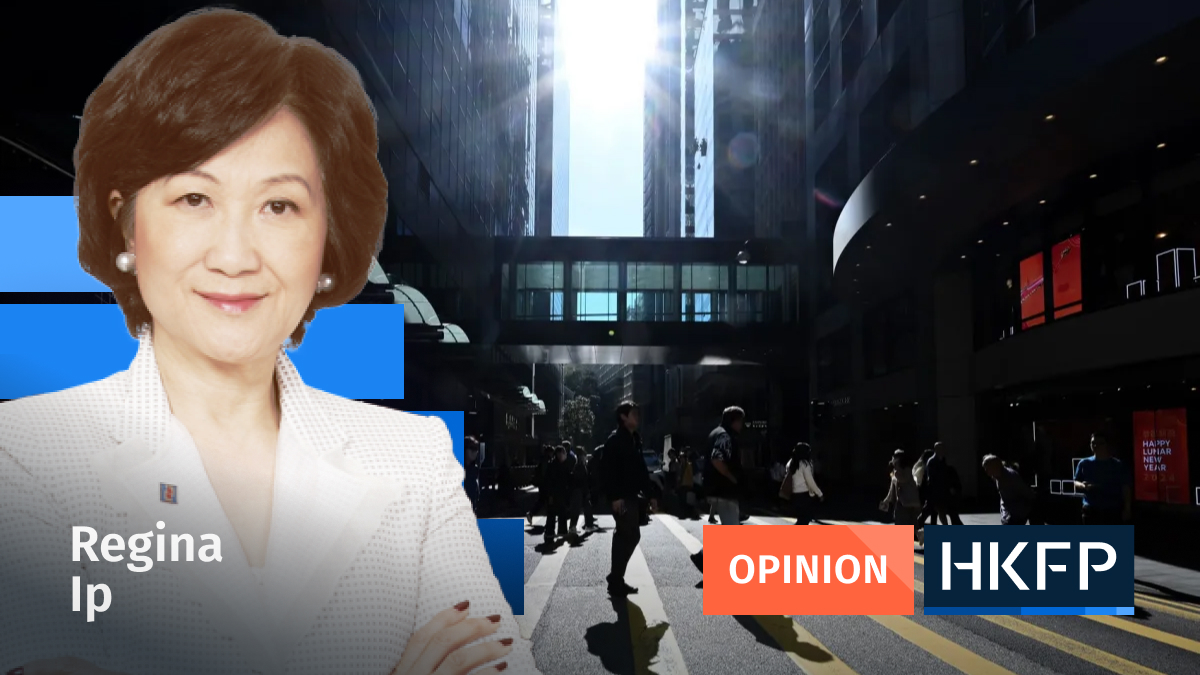The Hong Kong authorities should “proactively disclose” information relating to immigration detention in the city, a Chinese University (CUHK) legal scholar has said, after her research team spent years tracking down basic demographic data due to “extremely scarce” publicly available information.
Launched in July 2020, CUHK associate law professor Surabhi Chopra led a team of researchers on a three-year project to study the impact of local immigration law and policies on detainees whom they described as vulnerable.
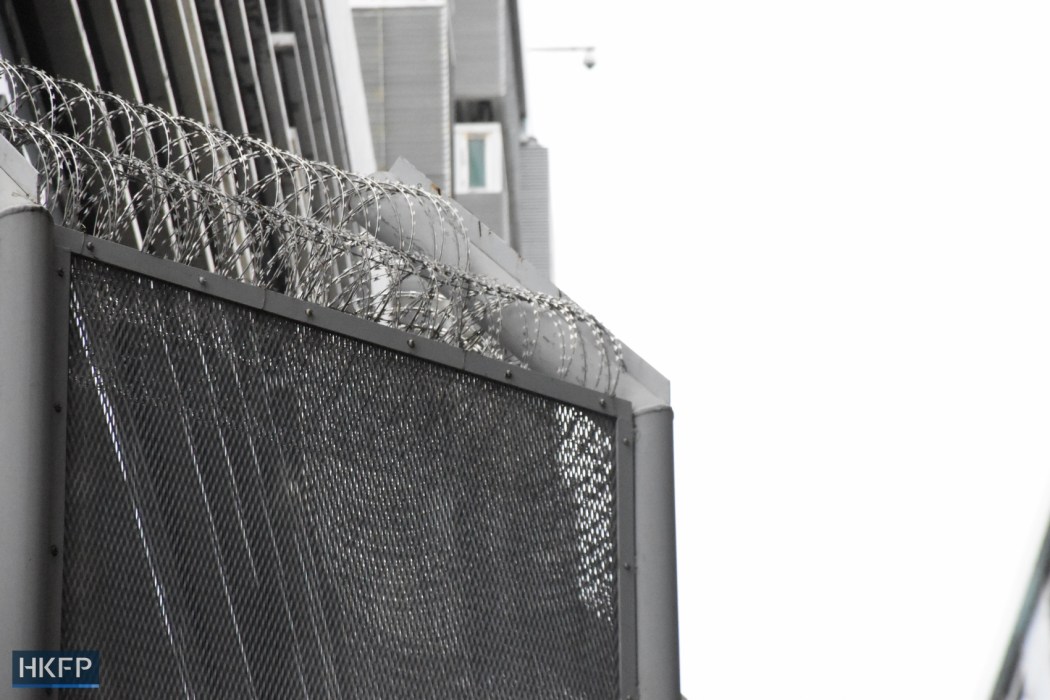
The research, titled Immigration Detention and Vulnerable Migrants in Hong Kong, aimed to compare the city’s system to other jurisdictions in East Asia, in a bid to identify good practices and make recommendations to bring about systemic change.
Chopra and her team compiled data including the nationalities of detainees at the Castle Peak Bay Immigration Detention Centre (CIC) and the Ma Tau Kok Detention Centre. Some information, such as the lengths of detention, were not publicly available until Chopra’s team and others submitted Access to Information (ATI) requests.
The team was also able to obtain the number of strip searches conducted between the years 2010 and 2021, which showed that the Immigration Department conducted around 5,000 to over 8,000 strip searches per year during that period at CIC and Ma Tau Kok Detention Centre.
The CUHK researchers also looked through literature amounting to “thousands” and “hundreds of data sources,” including documents submitted to the legislature, government websites and submissions made by the Hong Kong government to the United Nations in order to hunt down relevant statistics.
“At present, information about immigration detention is so scarce, even many legal professionals would know barely anything about the system, let alone the wider Hong Kong public,” Chopra said. “And if the general public doesn’t know about the detention system, how can people be concerned about it or query whether the system is fair and proportionate?”
Unlike criminal offenders, immigration detainees do not appear before a court of law and their detention would be an administrative decision made by government officials, Chopra told HKFP.
The Immigration Department said last August that the authorities consider “reasonable alternatives” before authorising detention, while “no one shall be subject to arbitrary detention.” But the CUHK legal scholar deemed the procedure “had no judicial scrutiny.”

With detainees placed at three institutions and various locations including police stations, Chopra said it was difficult to find relevant statistics as “often, requests for information were bounced from one department to another without being resolved.”
‘Inaccurate’ official data
In its exchange with the Immigration Department, the CUHK team found that the yearly admittance figures at the Ma Tau Kok Detention Centre stated in government annual reports were much higher than the numbers provided in the data request replies. In 2018, for example, the actual admittance number was 5,069, while the figure stated in the annual report was 15,437 – a 205 per cent difference.
The department told the researchers that the statistics from the official sources were “inaccurate,” adding it would “take this observation into account” and “enhance clarity in their future reports.”
Tai Tam Gap, a year on
Reopened in May 28, 2021, the Tai Tam Gap Correctional Institution (TTGI) was recommissioned as an immigration detention centre. As of the end of last year, TTGI had 97 adult male detainees, according to the Correctional Services Department’s website.
While the facility is run by the CSD, in an article published on January 19, 2021, then-secretary for security John Lee said that detainees held in TTGI would be subject to the Immigration Ordinance, not Prison Rules.
“The Correctional Services Department will be responsible for the daily management of the Tai Tam Gap Correctional Institution,” the article read. “[Non-refoulment] claimants held in the Tai Tam Gap Correctional Institution are detained under the Immigration Ordinance, and not prisoners under the Prison Ordinance.”

However, two responses to Access to Information requests from the Immigration Department and the CSD suggested otherwise.
According to the Immigration Department, people in their detention “by virtue of the Immigration Ordinance” in TTGI are subject to parts of the Prison Rules, namely rules 189 to 207, which lay out regulations for areas such as permission to wear private clothes, and the right to see visitors for the purpose of obtaining bail.
On the other hand, the CSD said in a response last December that the General Rules for the Government of Prisons, which included more restrictions than the list of rules given by the Immigration Department, were also applicable to immigration detainees in TTGI.
The CSD’s response meant that detainees in the year-old institution would be subject to the same provisions as people who are sentenced to jail, including rules governing body searches, solitary confinement, and removal from associates.
“From a rule of law perspective, we have a real lack of clarity, and vagueness here around what standards apply to this detention facility,” said Chopra.
In a response to HKFP, the Security Bureau did not confirm directly as to whether immigration detainees in TTGI were managed under the Prison Rules, but said that the CSD “managed Tai Tam Gap Correctional Institution according to the relevant laws and principles,” and that detainees could “file complaints through various means” if there was discontent with the treatment received.
The scholar also said that Tai Tam Gap was the first custodial facility, “to her knowledge,” where smart prison policy was implemented.
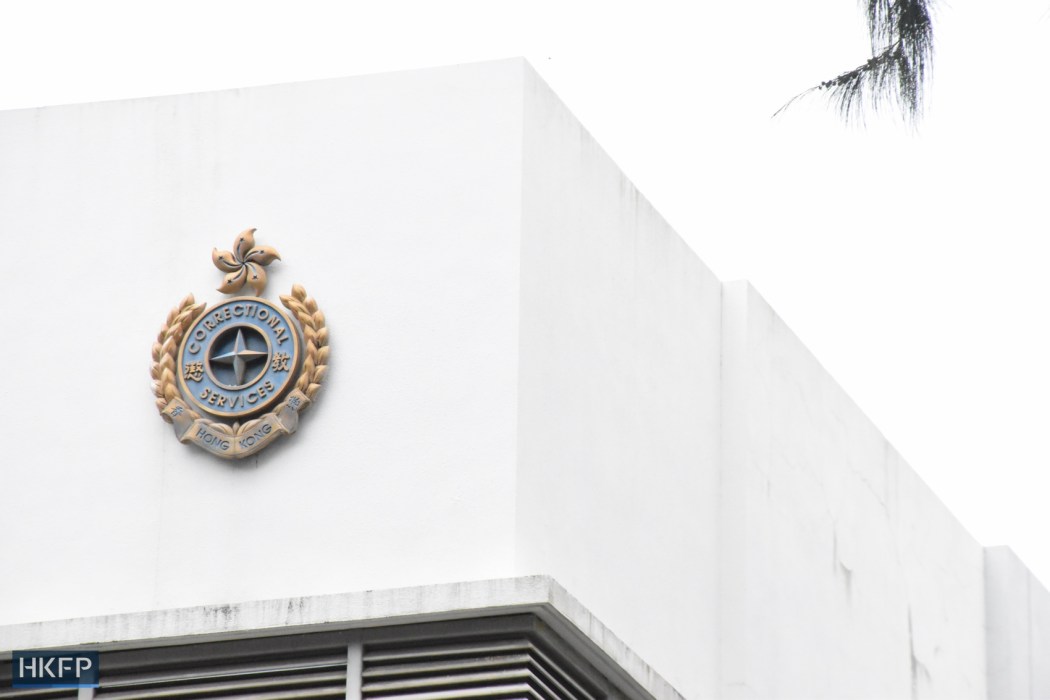
Last year, the CSD refuted accusations made against the smart prison policy by the defunct Stand News, and said that detainees in TTGI “pose security risks.”
Stand News reported last year that detainees in TTGI were monitored by 170 cameras, and were required to wear “smart bracelets.”
CSD “strongly condemned” Stand News’ report for “smearing and demonising the ‘Smart Prison’ management model and misleading the public and attempting to influence the modernisation process of correctional institutions.”
Aside from the “policy and legal ambiguities” linked to TTGI, Chopra said that information about the institution was also harder to obtain when compared with the two other facilities run by the Immigration Department.
Information on the CIC and Ma Tau Kok Detention Centre, including the length of detention, and general reasons for detention under the Immigration Ordinance, were made available through ATI requests.
However, when the team asked for the same information for TTGI, they were told that the data was either “not maintained,” or that the request was an “unreasonable diversion” of the department’s resources.
“So there is even less transparency in relation to Tai Tam Gap. In a context where there’s very little transparency, Tai Tam Gap is even more opaque,” said Chopra.
HKFP also asked the CSD to provide data on the length of detention of people kept at TTGI, but was told that the department “did not have” such information.
Hong Kong-based human rights lawyer Patricia Ho, who assisted asylum seekers and refugees in accessing social welfare and securing delete from detention, told HKFP last Friday that the statistics obtained by the CUHK team were “very interesting,” as they offered some insight into the setup of the detention facilities.

The main difficulty in navigating the issue of immigration detention in Hong Kong, according to the managing partner at Patricia Ho & Associates, was a general agreement that asylum seekers were “abusing the system” and should be removed efficiently and quickly. Such an effort, however, should not in any way compromise the rights and protection of people who were “genuinely seeking protection from persecution and torture in Hong Kong,” Ho said.
“I certainly worry that the latter [are] put at risk, that the balance is not fairly struck. It prioritises removal over ensuring fairness and protection,” Ho said.
As the CUHK project continues to run until next June, Chopra called on the government to make available basic data such as a breakdown on the detainee population by nationality, gender and age “as a matter of rule of law.”
“Basic information about immigration detention should be in the public domain. This would foster research and analysis that can lead to improvements. It would also foster public discussion and scrutiny, which is of course, another accountability mechanism for good governance,” said Chopra.
The authorities should also step up its transparency, the CUHK scholar added, by disclosing the length of detention, the rate of bail and the number of detention reviews. Such disclosures could help the authorities and civil society groups to detect patterns in trafficking and other crimes, Chopra said.
“Transparency about immigration detention is important for rule of law, for protecting detainees’ rights, and also as a matter of accountability to the Hong Kong public.”
Support HKFP | Policies & Ethics | Error/typo? | Contact Us | Newsletter | Transparency & Annual Report | Apps
Help safeguard press freedom & keep HKFP free for all readers by supporting our team

LATEST FROM HKFP
HKFP has an impartial stance, transparent funding, and balanced coverage guided by an Ethics Code and Corrections Policy.
Support press freedom & help us surpass 1,000 monthly Patrons: 100% independent, governed by an ethics code & not-for-profit.
